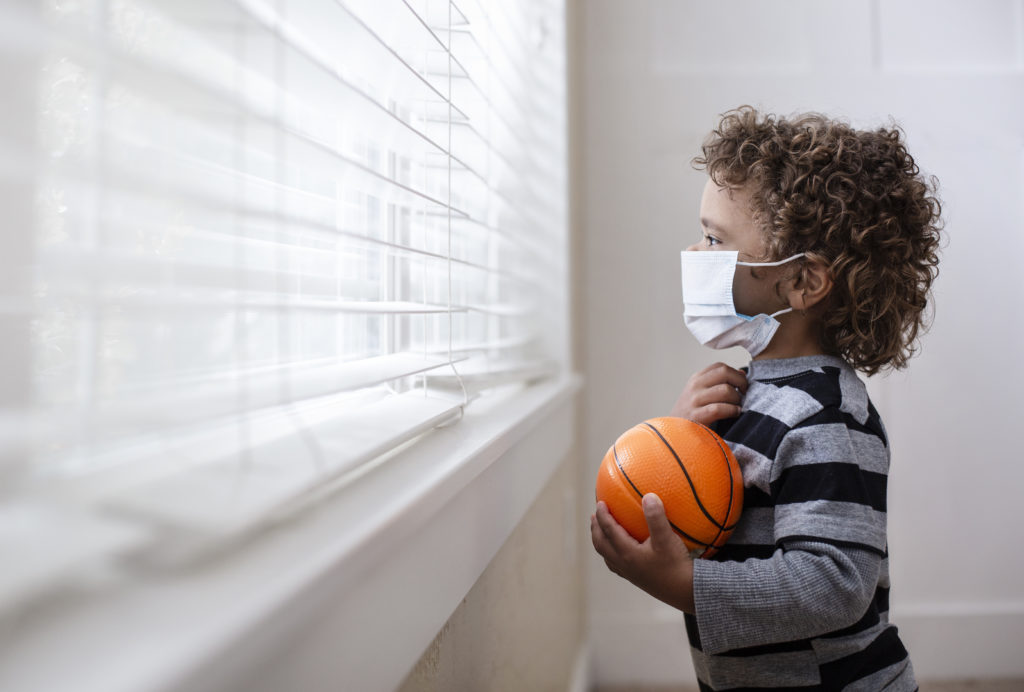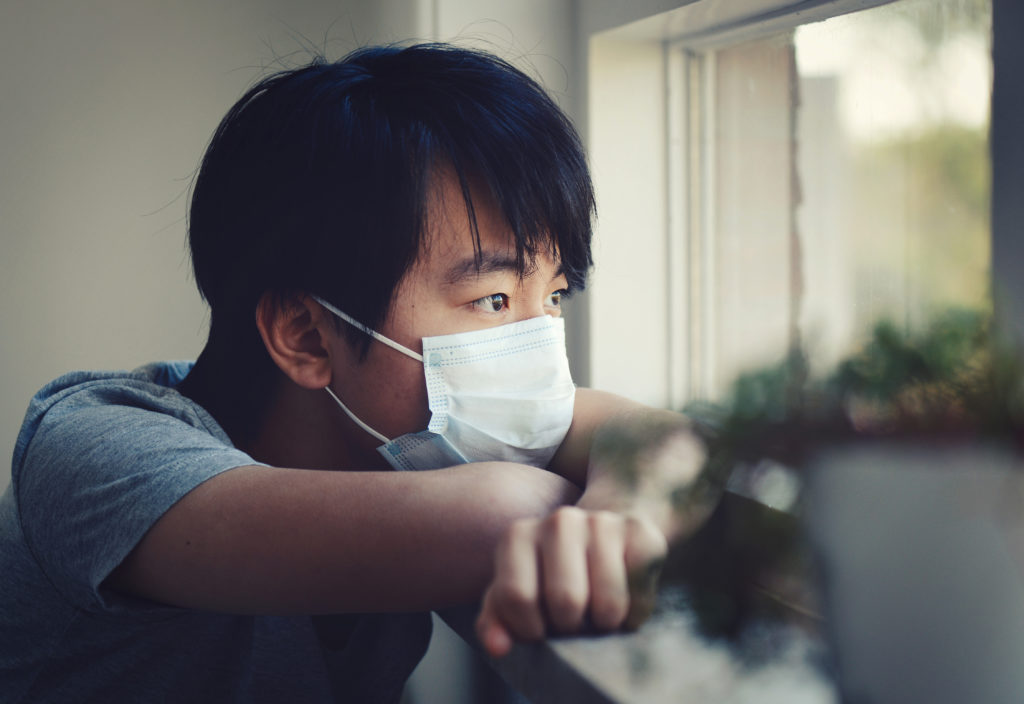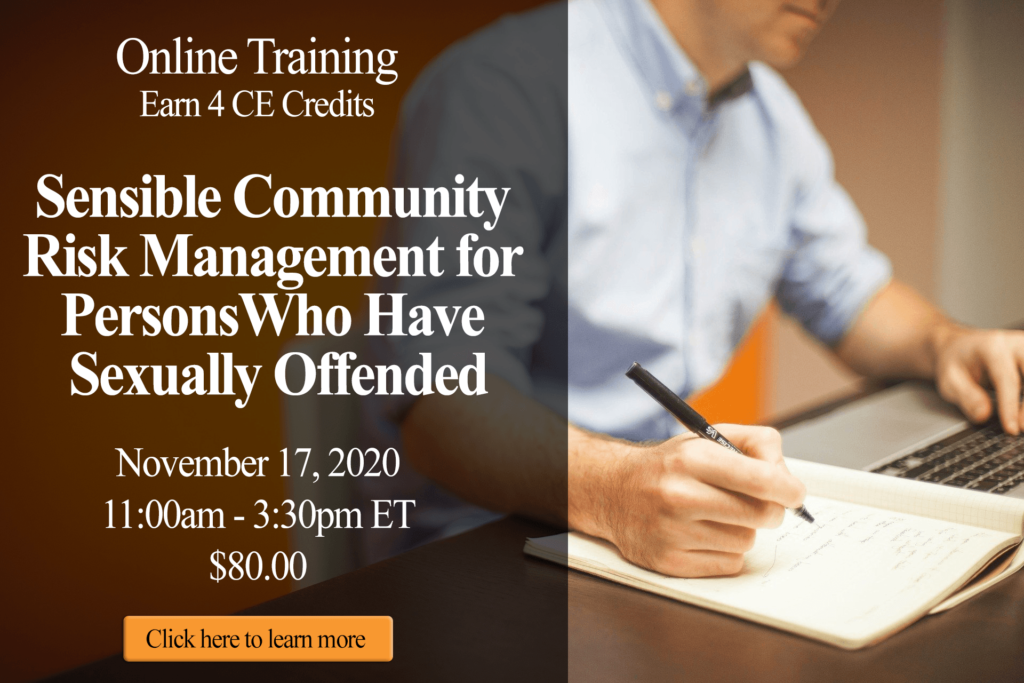The Context of Young Peoples’ Lives in the Current Era
By David S. Prescott, LICSW
On a recent call with the team that publishes this magazine, Executive Director Mary Falcon asked, “Are there any kids who are not at risk right now?” She was reflecting on the events of 2020, which seem to change dramatically nearly every day. While a few years ago it would have been a ludicrous question, it is now worth serious consideration. We hear a lot in the news about the pandemic, the upcoming elections, demonstrations, violence, inequities, and leaders who put their own needs over everyone else’s. Strikingly absent is meaningful discussion about the long-term interests of children and teens. The context of our work has changed.

In an earlier issue of this magazine, we acknowledged that there is much we don’t know about this pandemic. The US Centers for Disease Control reported in August, 2020, that as of the end of June, it had measured “considerably elevated adverse mental health conditions associated with Covid-19. Younger adults, racial/ethnic minorities, essential workers, and unpaid adult caregivers reported having experienced disproportionately worse mental health outcomes, increased substance use, and elevated suicidal ideation.” The study, which focused on adults, did not delineate the extent to which children and teens themselves are experiencing increases in anxiety, depression, substance use, and self-harm. The effects on children and teens living in the same house as others experiencing these worsened conditions can only be imagined.

Another new study, published in the journal Psychological Trauma: Theory, Research, Practice, and Policy, has not received the recognition and discussion it deserves. Catherine McKinley and her colleagues reported on symptoms of anxiety and depression among Native Americans.1 In brief, the researchers found that family resilience offsets the anxiety and depression experienced by family members. This finding provides further evidence that one’s family may be part of an individual’s most important resources. Research such as this, on family resilience and support, adds to current trends in psychotherapy research, which have historically focused primarily on methods for individual forms of counseling.
So Mary, my answer to your question is this: Taken together, recent and current studies demonstrate just how much all children and teens really are at risk. Many readers, especially those with younger families, will already have first-hand knowledge of the challenges. One colleague with two energetic tween-age sons described the challenges of managing their socially distanced sports schedules. Another described students who need additional support in order to learn in their mainstream classroom and experience unfair competition for teacher attention. A colleague, whose child is on the autism spectrum, described the sheer exhaustion of balancing professional obligations with the needs of a child who is poorly suited to online education. Each of these colleagues is relatively secure financially.
The challenges become more difficult further down the line. A single-mother staff member in a group home felt it was important for the wellbeing of her family to resign from her position in order to better support her family in the pandemic. Unfortunately, she couldn’t do it, as it would have resulted in an end to her health care benefits at a time when she also required surgery. While stories like these are not unfamiliar, they have only grown in number and severity around the world during the pandemic.

Of course, recent months have also seen unimaginable increases in social violence. While the headlines have focused on urban areas, the same tensions and problems exist in rural areas, albeit with less attention. Professionals have found ourselves at wits’ end trying to figure out what we might do. Watching the news is a harrowing experience. Ignoring it is irresponsible. While some details of each incident may be debatable, the overall trends couldn’t be clearer.
Meanwhile, professionals of color have described feeling responsible for being on their best behavior. Some have described the sense that they are expected to represent all members of their ethnic background each time racialized violence occurs. Others describe having to restrain themselves from saying what they are really thinking. As just one example, a colleague described how, as a Black woman, she does not have the privilege of expressing anger about the status quo, even though people of color are dying from violence and Covid in disproportionate numbers and the threat of physical, legal, and social harm is always present. Expressing any anger would, on the one hand, place her at risk for condemnation or possible retaliation. On the other hand, there is an assumption that African-American people should remain stoic in the face of adversity and injustice, making expressions of anger all the more shocking. The same, of course, is as true for children, and especially adolescents, as it is for adults of color in the United States.

It often seems there isn’t a single child left who isn’t caught between the polarized, combative forces brought about by the adults who care for them. These includes not just racial or political tensions, or the combined effects of these, but the tensions caused by the pandemic. In addition, children are being exposed to all of these tensions at a time in their lives when they are ill-equipped to handle them, psychologically or physically. As difficult as all of our lives are at present, it is crucial that we reflect on the fact that the context of young peoples’ lives has changed dramatically.

In the summer 2020 issue of this magazine, Dr. Stuart Copans began his series of articles on how “There is no such thing as a child.” This concept is especially true when one considers the context in which our children and teens are developing, and the interaction of that context with their developmental needs.
Whatever side of the political aisle readers choose, one truth remains. If we are not taking care of children and teens, then it is time for very serious self-examination of our society and the role of adults within it. There are, of course, glimmers of hope. The first is professionals like you, who are committed to the success of young people. Then there is the incredible resilience of young people and their families, which has received far too little recognition and empirical study. Finally, there are models of legislation, such as New Zealand’s annual national “Wellbeing Budget” which has prioritized six critical areas, which include “taking mental health seriously” and “improving child wellbeing.”
Between constructive policies, resilient families, and professionals like you, there are ways forward. Although it can sometimes sound clichéd to say, it is nonetheless important to repeat: Thank you for all you do.
- McKinley, C. E., Boel-Studt, S., Renner, L. M., & Figley, C. R. (2020). Risk and protective factors for symptoms of depression and anxiety among American Indians: Understanding the roles of resilience and trauma. Psychological Trauma: Theory, Research, Practice, and Policy. Advance online publication. https://doi.org/10.1037/tra0000950

David S. Prescott, LICSW
A mental health practitioner of 36 years, David is the Editor of Safer Society Press. He is the author and editor of 20 books in the areas of understanding and improving services to at-risk clients. He is best known for his work in the areas of understanding, assessing, and treating sexual violence and trauma. David is the recipient of the 2014 Distinguished Contribution award from the Association for the Treatment of Sexual Abusers and the 2018 recipient of the National Adolescent Perpetration Network’s C. Henry Kempe Lifetime Achievement award. He currently trains and lectures around the world.


